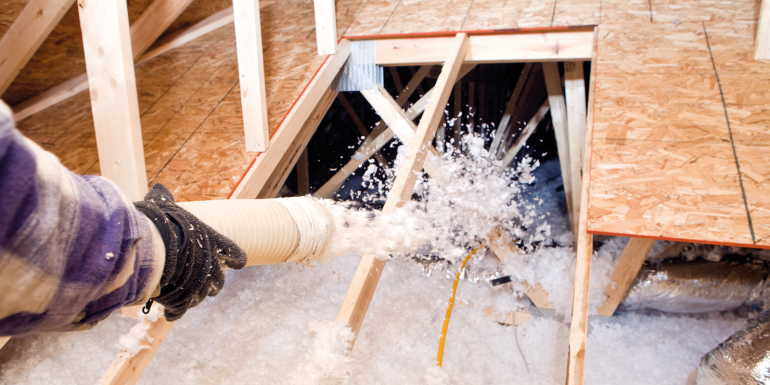Complexity versus competence

Fire Engineer Andrea White discusses complexity versus competence in fire safety – and how the gap between them has widened during her time in the industry.
Over my 25-year career, I’ve witnessed a growing gap between complexity and competence. Firstly, we’re building with less robust, more combustible materials than we were 50 years ago.
Where we were building with non-combustible concrete and solid masonry, we’re now incorporating combustible insulation and greater amounts of timber in our buildings.
Secondly, if we compare the quality of workmanship in terms of design, construction and install, it’s dramatically lower than several decades ago.
Sadly, I do not see pride in the job. All too often I see significant corner-cutting in the buildings that I inspect, especially in areas that are hidden such as passive fire protection.
So, our buildings are less resilient than they used to be and they are less inherently fire safe because of the materials used. There is a much higher level of complexity involved in designing and building appropriate levels of fire safety into modern construction.
We’ve introduced more failure points into the system, rather like the Swiss cheese model of accident causation (developed by James Reason, this illustrates how accidents often result from a combination of weaknesses in multiple layers of defence rather than a single failure). This means we need greater knowledge and skills from those involved in designing buildings, more oversight of the construction process and diligent ongoing management of our buildings – we need those working in the industry to be more competent.
Back to school
We have a number of organisations that have created competency criteria for fire safety roles. It’s a good start but, in my opinion, they don’t go into an adequate enough level of detail to be meaningful. In a poll I ran at a conference last year, 96% of people agreed that more specifics were needed in terms of training topics within competence frameworks.
The next question is whether training courses are meaningfully using those competence frameworks to decide what topics to cover – my research suggests that often they are not.
Based on my time sitting in classrooms, I would also say that often those teaching the subject are only knowledgeable to the level of training they’re giving. They’re not sufficiently qualified beyond that level to be able to answer students’ questions. PowerPoint makes it very easy for trainers to just read off slides, which may well have been written by someone else. And I found that tutors offer their version of an explanation, which may not be correct.
When a degradation of competence is combined with today’s less resilient construction, the gap between our building stock’s complexity and industry competence widens. Quite how each of us can address this problem seems to be the real question we should all now be asking.
Do you have an opinion on the industry? E-mail the editor at [email protected]
Andrea White MSc BSc (Hons) IEng FIFireE C.BuildE FCABE CFIOSH is an independent Fire Engineer and Founder of Women Talking Fire, a networking support group for women (and male allies) in the UK fire safety industry. In 2023, White was voted one of the top 100 most influential women in the construction industry.
Image credit | iStock








